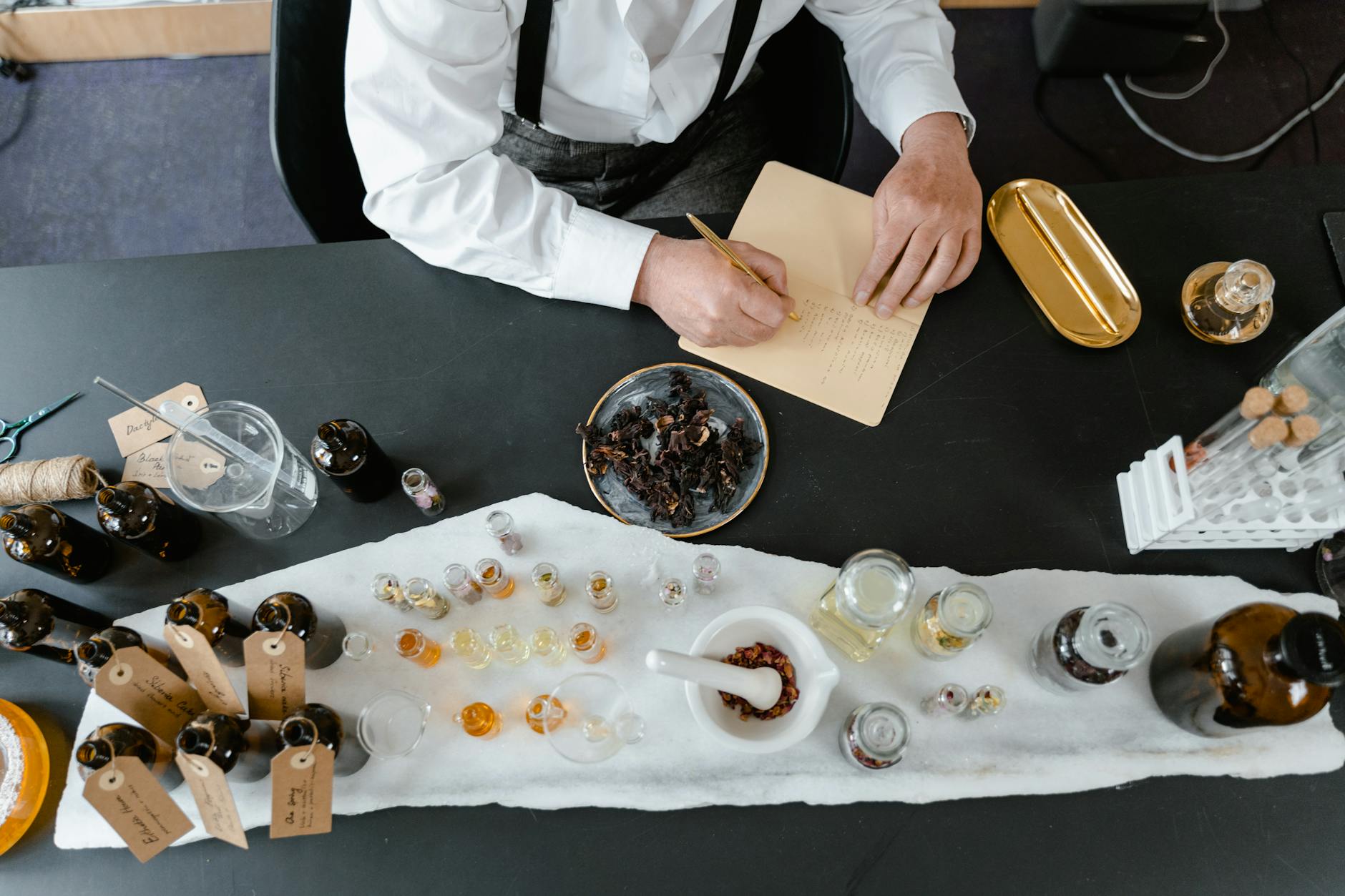Understanding the key components of e-liquids is essential in making informed choices as a vaper. This article aims to help you gain a comprehensive understanding and insight into the main e-liquid ingredients that include propylene glycol, vegetable glycerin, flavorings, and nicotine, and the safety precautions that should be taken into account.
E-liquid, sometimes known as vape juice, is the substance that is heated into vapor in an electronic cigarette or vaporizer. The vapor that you inhale and exhale is from this liquid. Let’s delve into what these e-liquids have in them.
The Base – Propylene Glycol and Vegetable Glycerin
The base of any e-liquid comprises 80-90% of the mixture and is a combination of propylene glycol and vegetable glycerin. These substances are mixed in different ratios to achieve the desired vapor cloud density and throat hit.
Propylene Glycol (PG) is a colorless, odorless substance used in many food products as a preservative, additive, or stabilizer. It’s known for providing a throat hit, which is similar to the sensation you get from smoking tobacco cigarettes. However, a small percentage of people may have a sensitivity to PG, exhibiting allergic reactions like skin rash or dryness.
Vegetable Glycerin (VG) is a natural chemical derived from vegetable oil. It’s thicker than PG and has a slightly sweet taste. It’s responsible for the amount of vapor a vape juice produces. Those favoring cloud production often favor high VG juices. While both PG and VG are deemed safe for human consumption by the FDA, it’s still necessary to observe safety precautions while using them.
Flavorings
E-liquids contain about 10-20% flavorings to give the vape juice its taste. These flavorings are usually the same as those used in food products and are considered safe for ingestion. However, there’s a lack of long-term research on their impacts when inhaled.
Nicotine
Nicotine is usually optionally included in e-liquids. Its concentration varies, allowing consumers to choose based on their preference. It’s essential to note that while e-cigarettes can help people replace traditional cigarettes, nicotine is fiercely addictive and can have numerous health implications.
Health Safety and Precautions
While vaping is generally perceived as less harmful than smoking traditional cigarettes, it’s not risk-free. Here are some safety precautions to consider:
1. Never buy e-liquids from unregistered or dubious sources. Always verify the integrity and reputation of the supplier.
2. Ensure your e-liquids are securely stored and kept out of reach of children and pets – they can be harmful if ingested or come into contact with the skin.
3. If you’re sensitive to propylene glycol, opt for a higher concentration of vegetable glycerin in your vape juice.
4. While flavorings are generally deemed safe for consumption, avoid cinnamon and vanilla flavors. Some studies suggest they can be harmful when vaporized and inhaled.
5. Limit your nicotine consumption. Higher levels of nicotine can lead to addiction and other health issues.
Conclusion
Understanding e-liquid ingredients and their potential impacts on your health is crucial when choosing a vaping product. While e-liquids with propylene glycol, vegetable glycerin, flavorings, and nicotine are largely considered safe, it’s prudent to understand that long-term effects of vaping are yet to be fully researched. Always remember to take necessary safety precautions for a safer vaping experience.
